Firmware updates are essential for the performance and reliability of wireless lavalier microphone systems. This...
How to Clean Microphone?
Keep Fresh and Clean Microphones
Microphone care is essential for the users, as well as the effectiveness of the microphone itself. A clean microphone is utilized from numerous points of view and frequently changes hands routinely. Some microphones are mounted in the ceiling or on an instrument; however, often, microphones are held close by or mounted on the body; in these cases, skin, sweat, and spit leave small traces on the cables and microphones. So, you need clean microphones maintenance after every use.
The best method to keep everybody around you sound and cheerful is to practice good hand hygiene.
There is a contrast between disinfect and clean microphones. Disinfecting clean microphones implies killing germs with a legitimate compound like an isopropyl liquor and water solution. Always remember that disinfection only kills some microorganisms. It can't destroy the spores of some bacterias. Clean microphones involves physically removing germs and dirt from the microphone with water and soap.
To guarantee that you have a germ-free and clean microphones, you should initially clean them and afterward disinfect them properly. Clean microphones maintenance from the start of the day also increases the long time duration of the microphone.
To clean microphones, eliminate the grid if conceivable and wash it with lukewarm water and a cleanser. After drying, replace it on the capsule. Wipe down the outside of the rest of the clean microphone with a cloth soaked with water and a cleaner.
Subsequently, leave the clean microphone to dry for 72 hours before reuse. To clean handheld and pencil clean microphones, wipe down their surface with a material saturated sparingly with an isopropyl liquor and water solution. Ensure that no isopropyl liquor comes into contact with the clean microphone membrane. Pure isopropyl liquor dissipates excessively fast on surfaces to eliminate germs. By adding 20% water, its disinfecting properties will be expended for sufficient time to work appropriately.
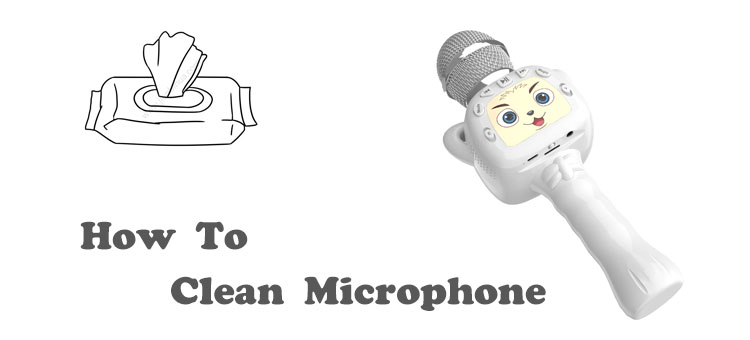
Cleaning of Cables:
To clean cables, rub them delicately with olive or coconut oil. This will eliminate buildups like paint or sweat and will leave the cable clean and fit for use. Then again, wipe them with lukewarm water and a cleanser. Try not to sprinkle lathery water into connectors or microphones. After that, leave them to dry all alone for at any rate 72 hours – this will permit time for any germs to die.
Unfortunately, cables can't be cleaned with isopropyl liquor or other harsh chemical compounds, as this will make the cable coat weak after some time. We suggest being exceptionally careful when cleaning cables to eliminate whatever number of germs as could reasonably be expected.
Cleaning of Foam Windscreens:
To clean foam windscreens, both small and large, eliminate them from the microphones and wash them tenderly with warm water and a cleanser. Leave them to dry all alone for in any event 72 hours – this will permit time for any germs to pass on.
Unfortunately, form windscreens can't be disinfected with isopropyl liquor. We suggest being exceptionally intensive when cleaning windscreens to eliminate whatever number of germs as would be prudent and leave them to dry for 72 hours. This will permit time for any germs to die.
Conclusion:
Clean microphones maintenance and microphone care are very much essential. Suppose you use these microphones for the kids and for the people who don't have boosted immunity. Several bacterias and viruses cause certain diseases, which is very dangerous for kids and immunocompromised people. Our company gives you wireless microphones for your kids and reduces the effects of these infectious microorganisms to cause diseases in your kids.

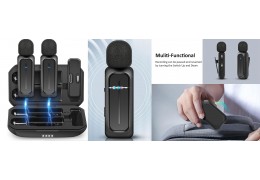
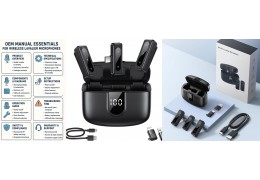

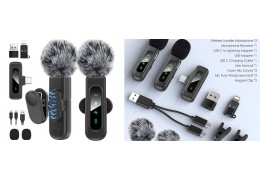
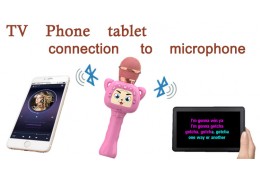
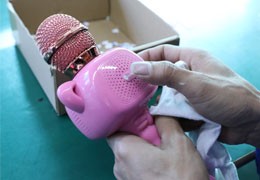
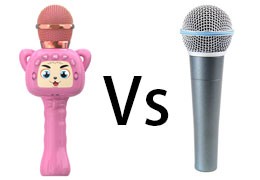
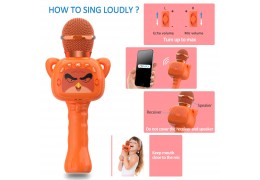


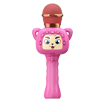

Latest comments